Sunrise among the Rocks of Paradise, Newport
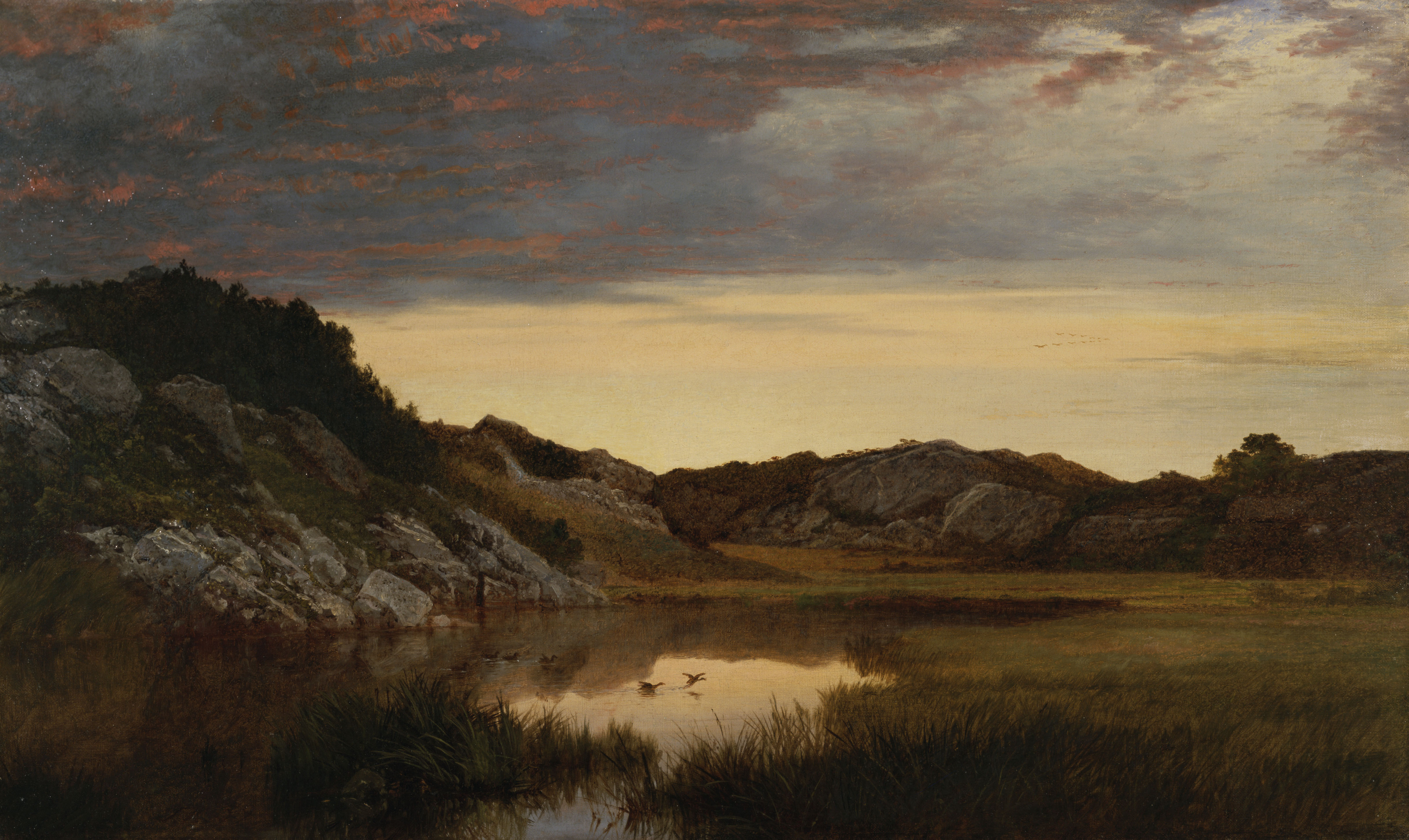
Do you embrace being a tourist or try to blend in with the locals?

Do you embrace being a tourist or try to blend in with the locals?
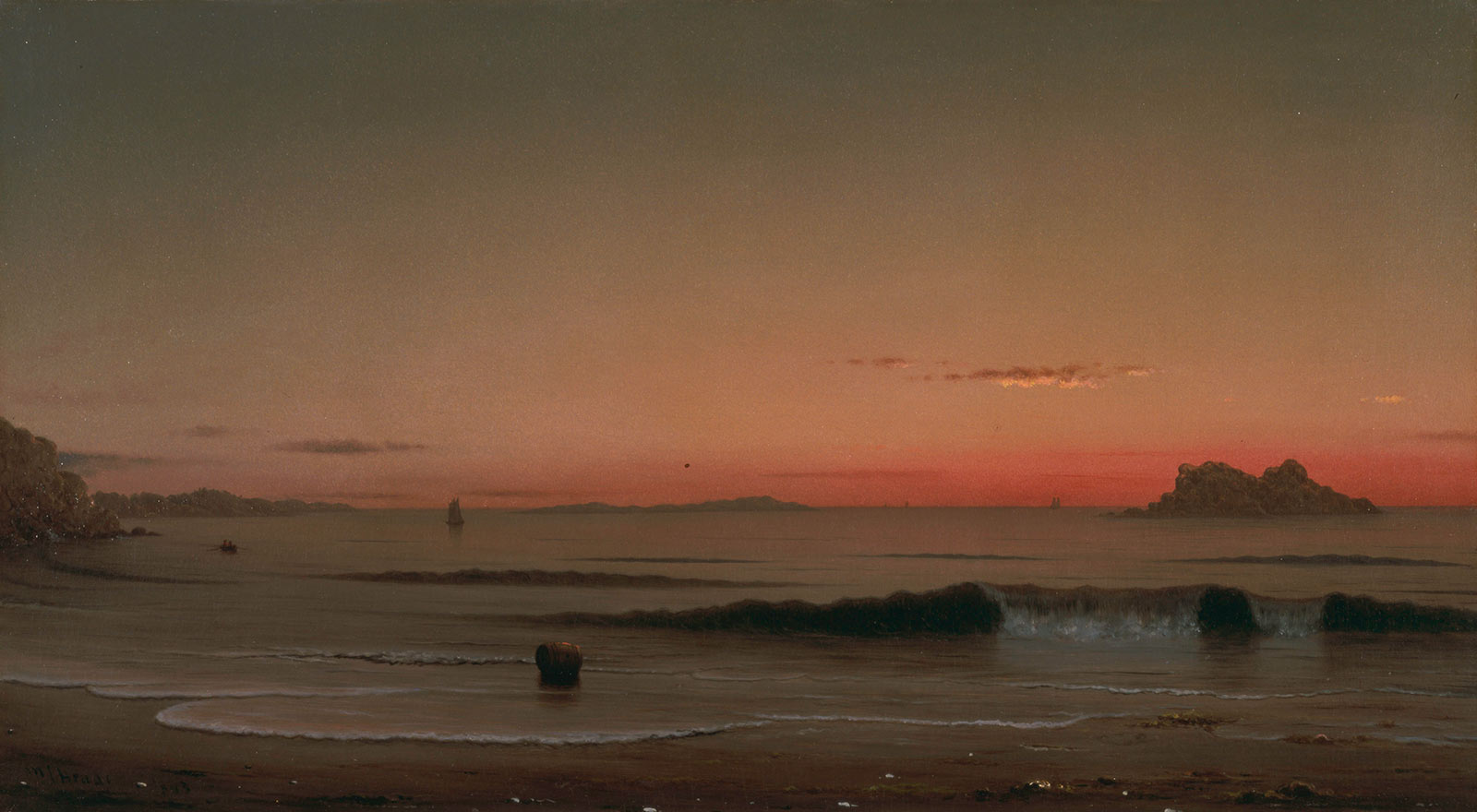
Where have you encountered the most stunning sunset?
Here we see the power of the ocean and our inconsequentiality before it. The beach appears to be deserted and the fringe of white foam at the water’s edge, typically all but invisible in the harsh glare of midday, glows under the low light of dusk. Figures are visible in the distance—two men sit in a small rowboat—but they are dwarfed by nature’s expanse.
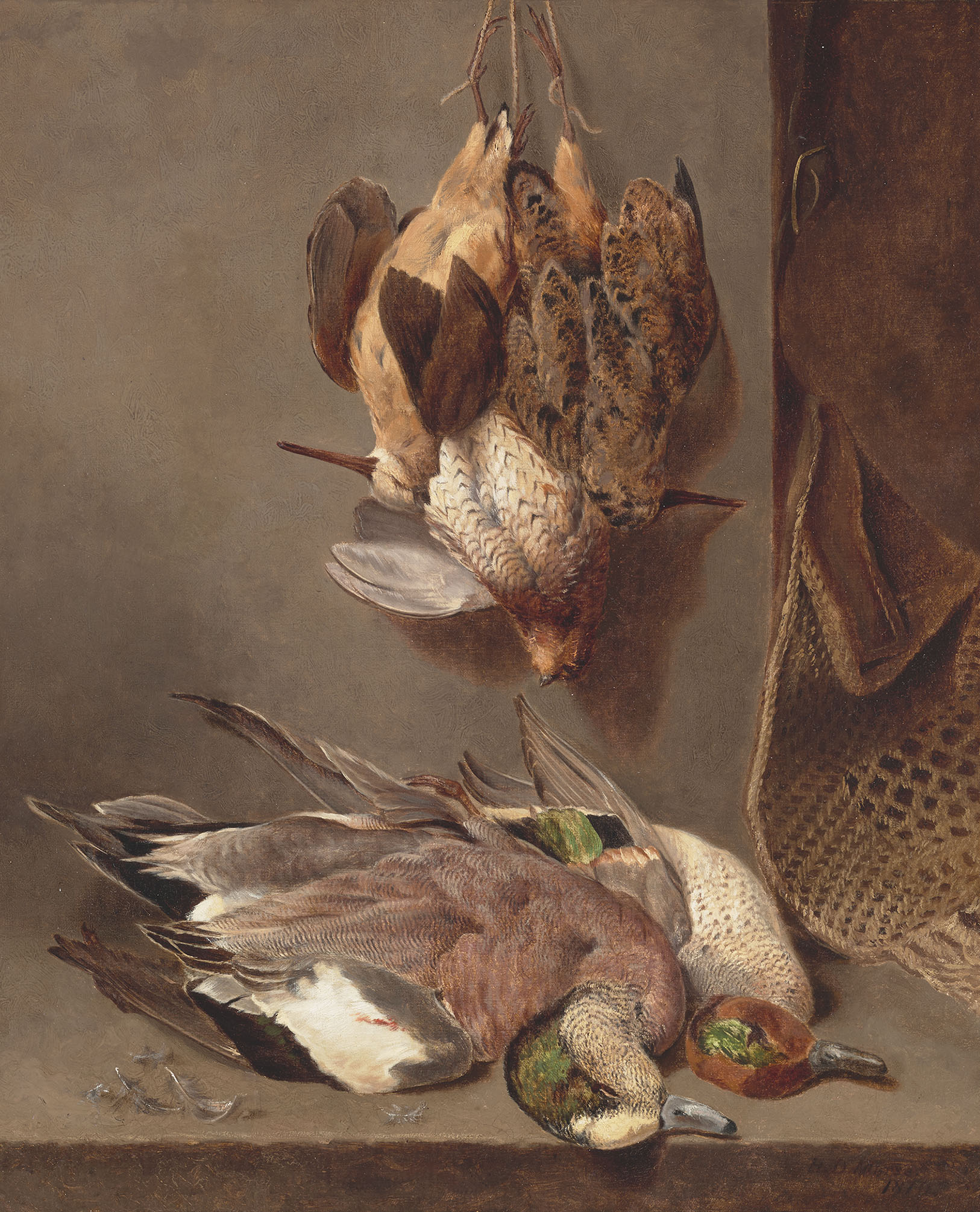
How do artists create the illusion of space?
In this painting of three freshly killed game birds—a fowl and two colorful ducks—one sees patiently detailed treatment of the birds’ luxuriant plumage, still glossy and vivid, as well as frank attention to the way that game is hung up to drain after beheading. Morse’s painting evidences connections to the earlier 17th-century Dutch tradition, but there is also a matter-of-factness more characteristic of 19th-century American still lifes.
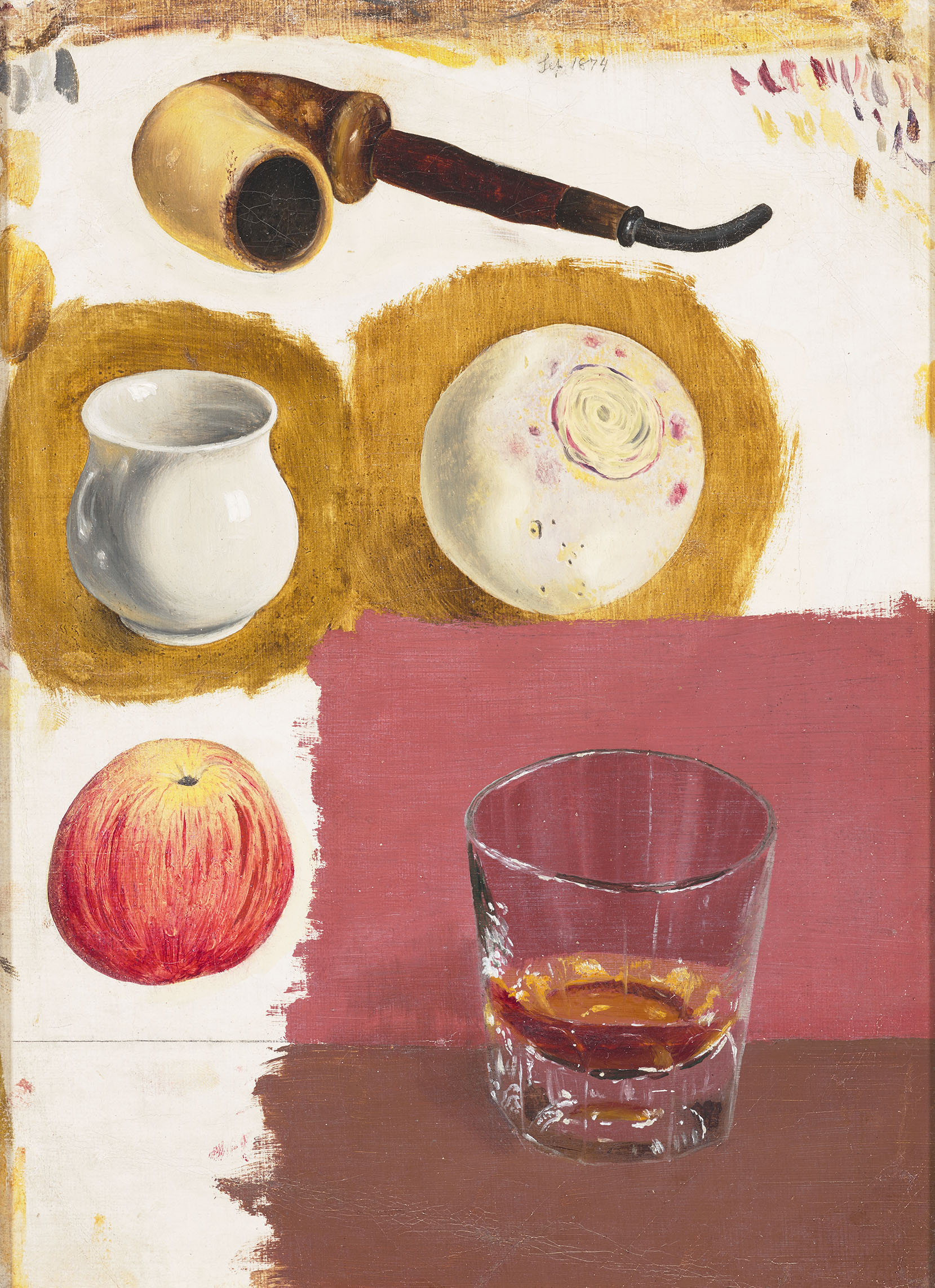
What does this painting reveal about the artist’s process?
This striking oil study is a deviation from the more polished still-life tradition, and one of hundreds made by 19th-century painters. This work allows us to better understand the artist’s techniques and compositional strategies by observing his thought process as he worked through the problems of individual objects. Each element has a slightly flat quality that allows it to occupy its own iconic space, which may unintentionally make Harnett’s study look rather modern to contemporary eyes.

Have you ever found beauty in a mistake or accident?

Do you read online or prefer turning the pages of a book?

What tools do you need to learn?
The dimensions of this small painting depicting a writing slate make the representation life size, which makes the trompe l’oeil effect feel even more realistic. The text reads: “My last slate at Wavertown. FRED,” hinting at a bygone adolescent life. At the lower left, hovering over the artist’s own printed signature, is a crude stick figure–a schoolboy doodle–that underlines its vulgar distance from the “real” artist’s virtuosity and elevated status.

What trophies represent your achievements?
Brookes’s body of work mostly consists of the still lifes of game and fish for which he became well known and quite successful. The artist gave serious attention and rendered with painstaking skill the features of his captured animals. In this painting, two enormous salmon trout are presented at life size; the scale suggests the artist’s respect for his subject. Additionally, the painting also could have served as a permanent fishing trophy.
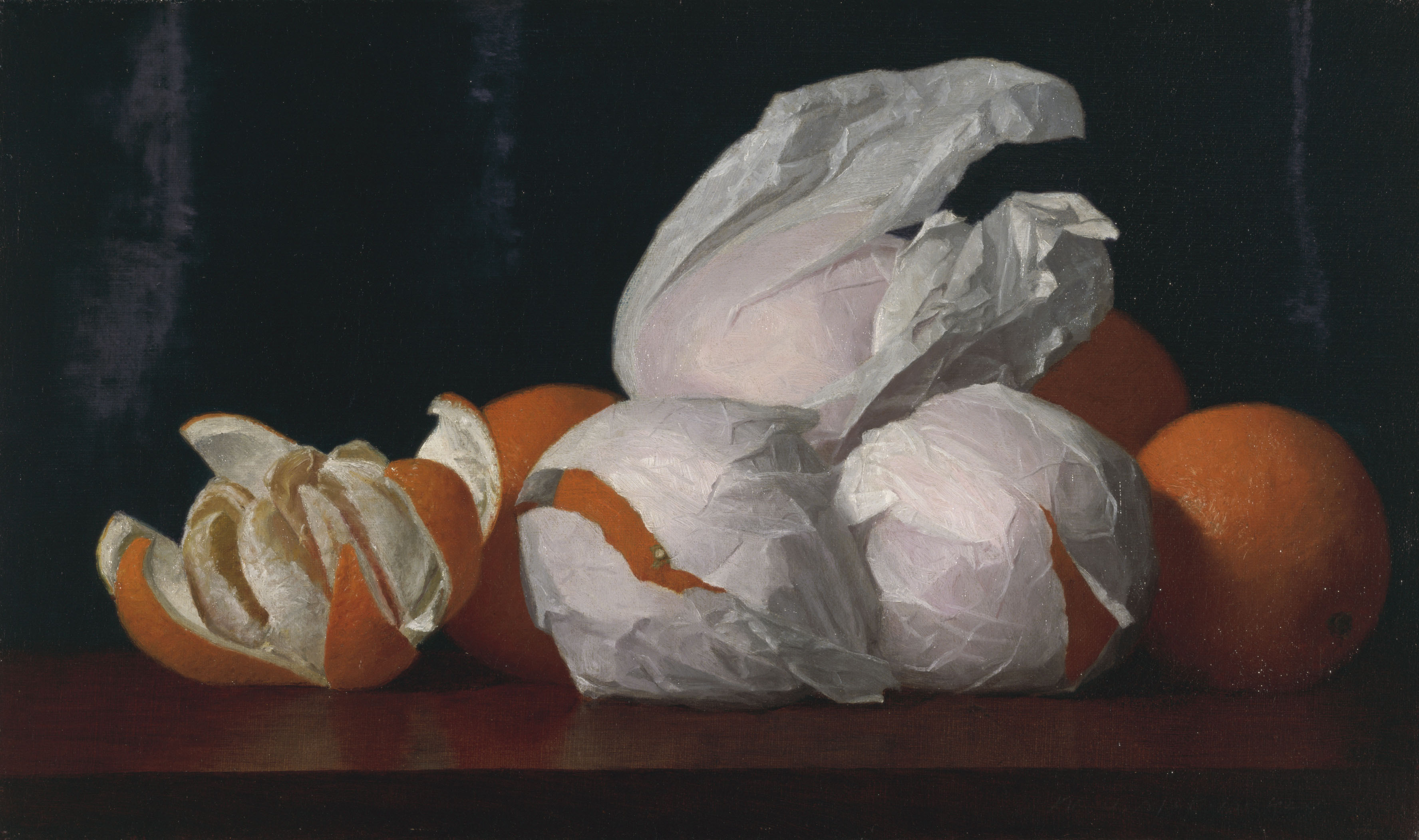
Which foods do you treasure?
A study of contrasts, this painting displays multiple textures: crinkly paper, smooth wood, rough peels, and juicy orange fruit. The passage of time is suggested by the various stages in which the oranges lie; wrapped and unwrapped, peeled and unpeeled, a virtual timeline of the fruit’s consumption. They are also depicted like precious objects, which were wrapped and shipped to the East Coast from the citrus groves in California.
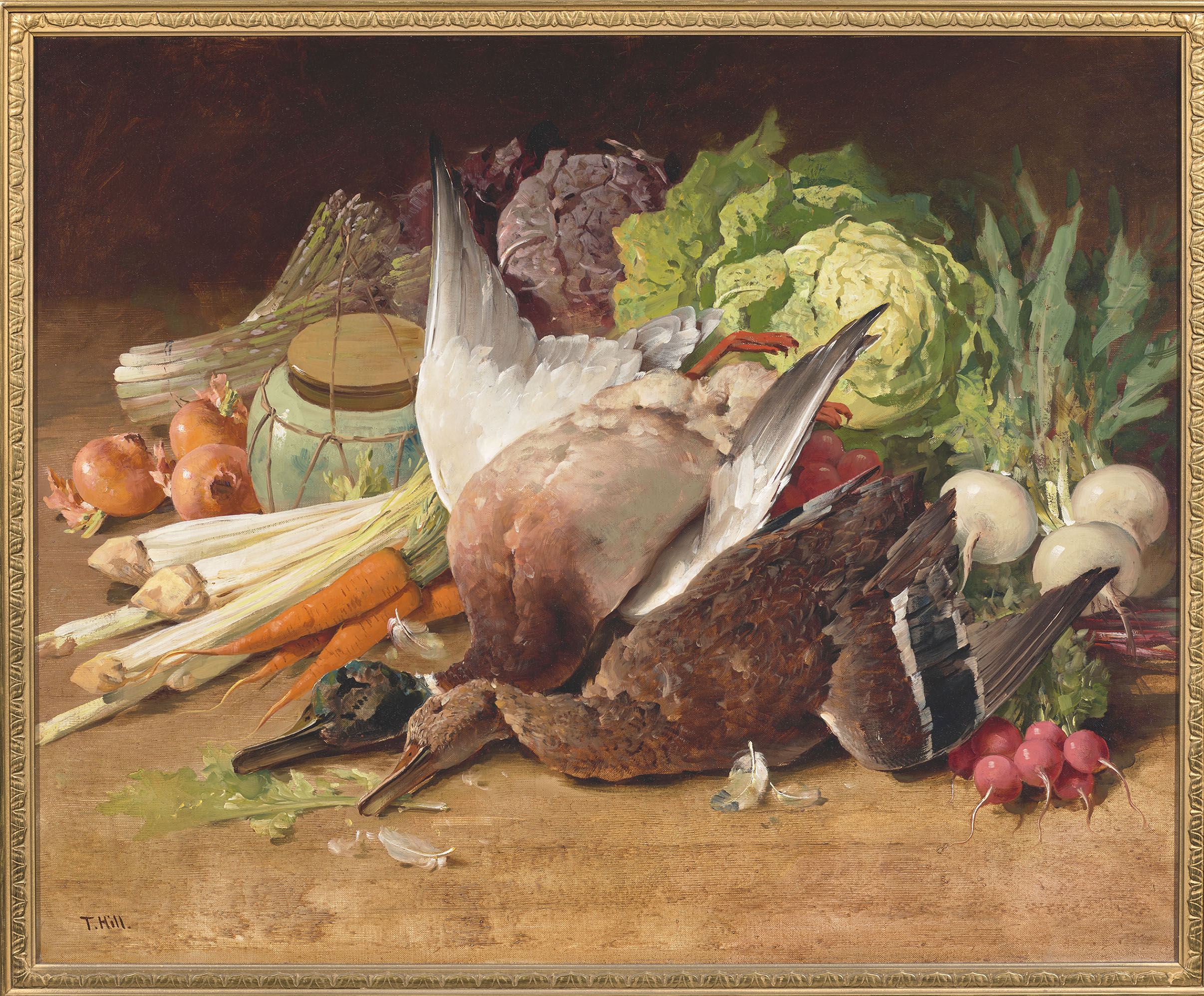
What makes this still life American?